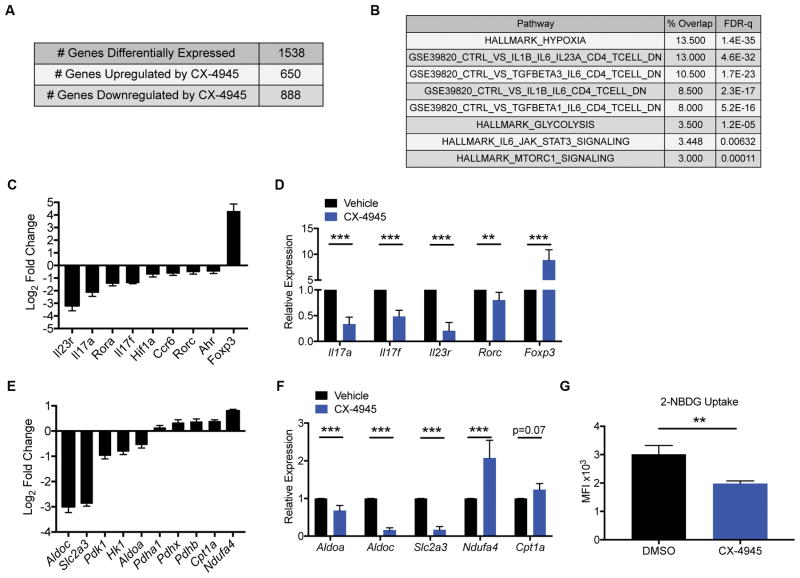Figure 3. Inhibition of CK2 Kinase Activity Suppresses Th17- and Pathogenic Th17-associated Effector and Metabolic Gene Expression.
Naïve CD4+ T cells were cultured in Th17 conditions in the absence or presence of CX-4945 (2 μM). At 72 h, RNA was extracted from cells from 3 independent experiments, and RNA-seq performed. (A) Summary of genes differentially regulated by CX-4945 treatment using the following cutoffs are shown: p<0.05, fold change >2 or <−2. (B) Gene Set Enrichment Analysis (Broad Institute) was performed on 134 genes selected on the following parameters: RPKM>20, fold-change <−2 and p<0.05. The percent overlap and FDR-q value of representative gene sets relevant to Th17 cell biology are shown. (C) The log2 fold change from vehicle control of genes associated with the Th17 effector program and Foxp3 are shown (n=3). (D) A panel of Th17 effector genes was validated by qPCR (n=6). (E) The log2 fold change from vehicle control of genes associated with glycolysis and oxidative phosphorylation are shown (n=3). (F) A panel of genes involved in metabolic pathways was validated by qPCR. (n=6). (G) Naïve CD4+ T cells were cultured in Th17 cell conditions in the absence or presence of CX-4945 for 72 h and glycolytic activity measured by 2-NBDG uptake. MFIs +/− SEM are shown (n=3). **p<0.01, ***p<0.001.

